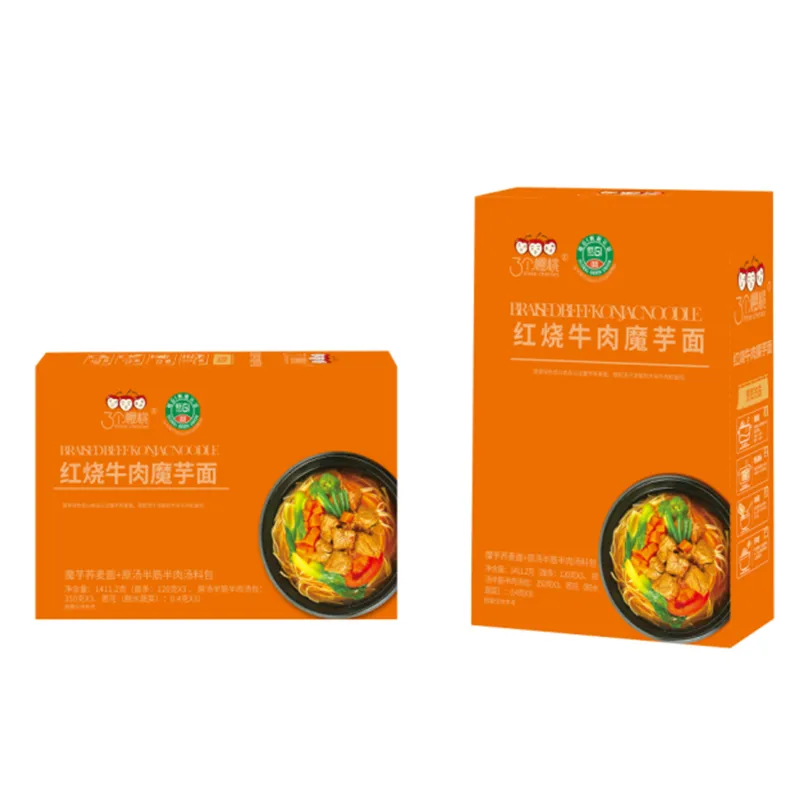Top Instant Noodle Brands and Their Manufacturing Processes Worldwide
The Instant Noodles Industry A Global Perspective
Instant noodles, a staple in many households around the world, have become synonymous with convenience and affordability. Their rapid preparation time and long shelf life have made them a go-to meal for individuals and families alike. The industry surrounding instant noodles is vast, involving numerous manufacturers who cater to diverse tastes and dietary preferences. This article explores the key players in the instant noodles market, their manufacturing processes, innovations, and impact on global eating habits.
Key Manufacturers
Several companies dominate the instant noodle market globally. Among them, Nissin Foods, a pioneer in the industry, introduced the first-ever instant noodle product, Chikin Ramen, in 1958. This led to a revolutionary change in food consumption patterns, paving the way for other manufacturers. Nestlé, with its popular Maggi brand, and Indofood, which produces the famous Indomie noodles, are also significant players. Each company has developed a unique brand identity and a range of flavors to cater to regional preferences.
In Asia, especially in countries like Japan, South Korea, and China, instant noodle consumption is particularly high. Brands such as Samyang and Nongshim have gained immense popularity due to their unique flavors and innovative packaging, often incorporating spiciness and gourmet ingredients that appeal to a younger demographic. The rise of local brands has also been notable, as these companies often tailor their products to meet regional tastes.
Manufacturing Processes
The manufacturing process of instant noodles involves several stages, including mixing, steaming, frying (or non-frying), and packaging. The base ingredient, usually wheat flour, is mixed with water and other additives to create a dough. This dough is then extruded to form noodles, which are steamed to partially cook them. After steaming, the noodles can either be fried—leading to the familiar, crispy texture in fried varieties—or dried through other methods, which can help retain nutrients.
instant noodles manufacturers

Quality control is paramount in the instant noodle manufacturing process. Companies continuously strive to ensure that their end products meet the highest standards for safety and taste. This commitment to quality has led to numerous innovations, such as reducing frying oil content, introducing whole grain or gluten-free options, and enhancing nutritional content.
Innovations and Trends
The instant noodle market is undergoing significant transformations due to changing consumer preferences. Health-conscious consumers are seeking healthier options, prompting manufacturers to create noodles with lower sodium levels and added vegetables. Additionally, the rise of veganism and plant-based diets has led to the introduction of meat-free flavors and gluten-free products, allowing instant noodles to appeal to a broader audience.
Another notable trend is the incorporation of technology in manufacturing and distribution. Companies are leveraging e-commerce platforms to reach consumers directly, allowing for a vast array of products to be available at their fingertips. The use of social media for marketing has also proven effective, with brands engaging younger consumers through creative campaigns and influencer partnerships.
Economic and Cultural Impact
The instant noodles industry significantly influences global food culture and economies. In many regions, these noodles are not merely a convenience food but a culinary tradition, often enjoyed with local ingredients and cooking styles. Economically, the industry contributes to job creation and the agricultural sector, as companies require a steady supply of raw materials.
In conclusion, the instant noodles industry continues to evolve, shaped by consumer demands, innovations, and cultural influences. As the world embraces diverse eating habits and lifestyles, instant noodle manufacturers must stay attuned to these trends, ensuring that they remain a beloved and convenient food choice for years to come. The future will likely see even more variety and healthier options, reinforcing the role of instant noodles in our global food landscape.
-
Is Whole Wheat Pasta Healthy?NewsMay.30,2025
-
Are Soba Noodles Good for Weight Loss?NewsMay.30,2025
-
Are Buckwheat Soba Noodles Healthy?NewsMay.30,2025
-
Are Buckwheat Soba Noodles Gluten Free?NewsMay.30,2025
-
Are Buckwheat Noodles Good for You?NewsMay.30,2025
-
A Healthy Way to Savor Soba and Spicy FlavorsNewsMay.30,2025
-
What Are Lanzhou Noodles?NewsMay.30,2025
Browse qua the following product new the we

















































































































